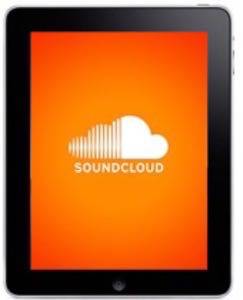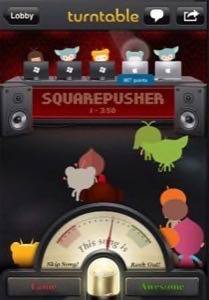I’ll never forget when I first discovered Napster. I was in high school and had heard about it from a friend. As an avid music fan, I was delighted to suddenly find myself with access to a seemingly limitless trove of songs, some of which were previously available only on $40 CD-R bootlegs in the back of record shops where they also sold paraphernalia strictly designed for smoking tobacco and only tobacco.

I never abandoned purchasing music all together, but the MP3 struck me as a far more convenient format than the compact disc, and Napster gave me quick and easy access to a world of MP3’s. When Radiohead’s “Kid A” showed up on Napster weeks before the CD was available in stores, what was I supposed to do? Ignore it?
Before long, a national controversy erupted around Napster because its approach to peer-to-peer file-sharing was, as we all knew in our hearts, not quite legally sound. Efforts by the Recording Industry Association of America (RIAA) succeeded in having Napster shut down in 2001, the same year that Apple introduced its own MP3 player, the iPod.
The Napster brand lived on for years to come, having been converted to a pay subscription music service. Unsurprisingly, it never quite returned to the levels of popularity it saw in 1999, as new digital music services popped up left and right. Most recently, the company was purchased by one of those services, Rhapsody. Today, Napster will officially be absorbed into the Rhapsody brand and even that iconic, headphone-wearing logo, once a symbol a generation’s digital defiance, will cease to be used.
Ten Years After Napster, Digital Music is Still Evolving
As we head toward 2012, the digital music landscape looks very different, and in fact is still evolving into something that works well for fans, music labels and artists alike. The record industry as we once knew it may never return, but that’s not necessarily a bad thing. Today, people can record multi-track demos on the tiny computers they carry in their pockets and produce complete, studio-quality tracks on their laptops later. Once everything is mixed and mastered, they can publish it online audience at little to no cost.

Naturally, DIY artists who get started on the Internet don’t have quite the reach of a record label, but many musicians have launched their careers online and some established artists have relied on the Web in lieu of the record labels that once supported them.
Consuming Music is Even Easier Without Napster
As far as consuming music, it’s never been easier. Just as one used to be able to find new albums on Napster or LimeWire within days of their release, most major label and indie releases are available on Spotify, Rdio or MOG pretty much right away. If not, you can try Grooveshark, as long as it’s still around, anyway. If those freemium streaming sites don’t have what you’re looking for, Apple, Google and Amazon all have massive MP3 stores with cloud-based storage services alongside them.
In addition to being legal, today’s digital music services go beyond the desktop and are readily available on our smartphones, those little gadgets could have hardly imagined a decade ago. They’re even starting to get integrated into smart TVs, cars and a growing number of household appliances.

For a more serendipitous listening experience, there’s personalized Internet radio services like Pandora, Last.fm and Slacker Music. If you prefer human recommendations over algorithms, services like Shuffler.com scan hundreds of popular music blogs and build genre-based, curated music stations, even on the iPad. You can even listen to others DJ their own setlists in real time using services like Turntable.fm or one of its many copycats.
Of course, if none of these options give you what you’re looking forward, less-than-legal means to acquire music still exist, but you didn’t hear it from us.










